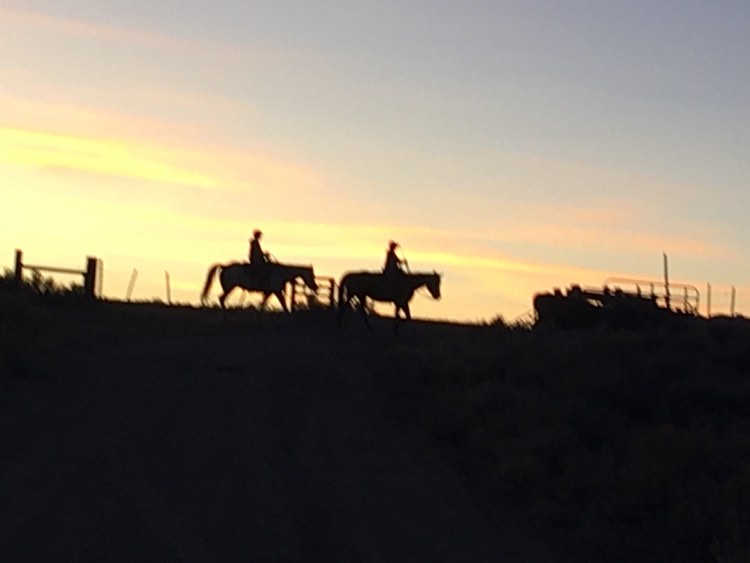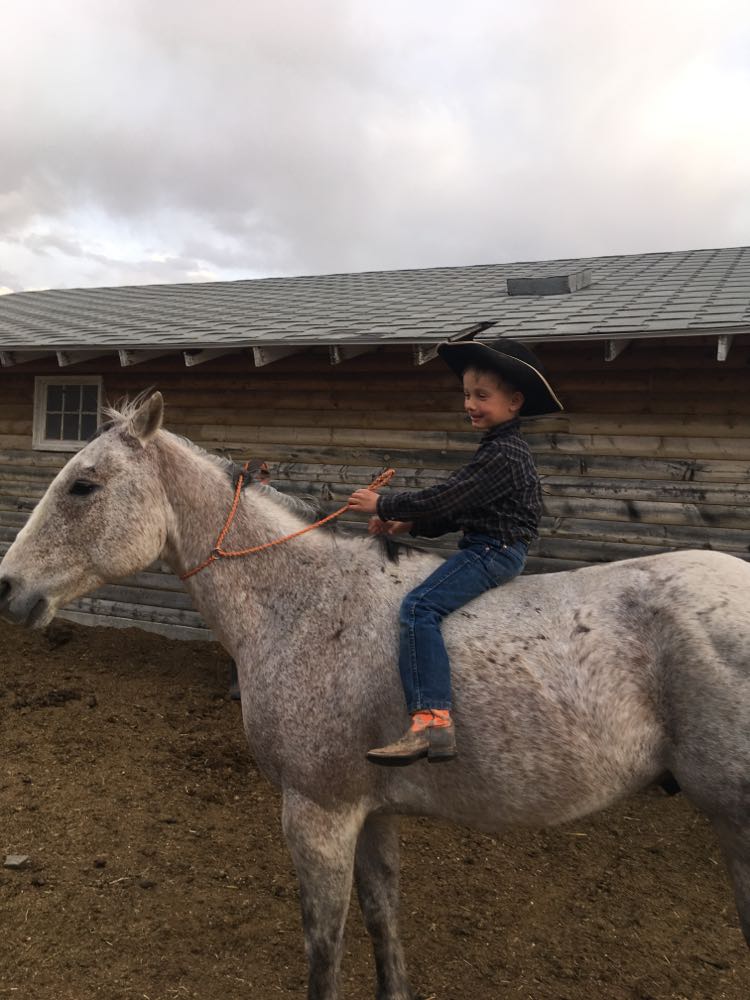By Mary O’Hara

With all his heart, Ken McLaughlin wants two things; to be friends with his father, and to have his very own horse for his best friend. But Ken is a daydreamer. He has a habit of “getting into another world” while looking at a painting, or clouds, or watching horses run. This makes it extremely difficult for Ken to please his father, an exacting former army Captain who is used to being obeyed without question.
Ken lives with his father, mother, and older brother on a horse ranch in Wyoming. As the story opens, his father has just learned that Ken has failed the fifth grade. A zero grade on his final English composition contributed to the failure. For the assignment, he had intended to write a story about an incident on the ranch involving the horses, but he sat staring out the window thinking about what had happened instead of writing about it until, suddenly, he was out of time and hadn’t even started the essay.
His daydreaming makes him unreliable in his work, and his father says Ken costs him money every time he turns around. Ken hopes that this summer his father will give him a yearling colt for his very own, as he had done for Ken’s brother. His father thinks Ken is too irresponsible and hasn’t earned that privilege, but his mother believes the responsibility of caring for his own horse will help anchor him in the real world.
When his father relents and Ken is allowed to choose any spring foal or yearling on the ranch, he again exasperates the Captain by choosing unwisely, and refusing to be talked out of his choice. He chooses a filly whose mother was half-wild and untameable, which doesn’t bode well for her offspring. Ken regrets further disappointing his father, but he has lost his heart to the filly, Flicka.
In the magnificent, indifferent high desert setting, injury and death, for animals and humans, are daily possibilities. Tough decisions are nearly daily occurrences for Captain McLaughlin as he struggles to provide for his family, cares for his animals, worries about money, and wrestles against nature. There isn’t time or money for fooling around with a horse that will never be good for anything. The conflict between the desire of Ken’s heart and his father’s strong will builds to a life or death situation for both Ken and Flicka.
One of the central themes of the story is the ethic Captain McLaughlin teaches his sons. “There’s a responsibility we have towards animals. We use them. We shut them up, keep their natural food and water away from them; that means we have to feed and water them. Take their freedom away, rope them, harness them, that means we have to supply a different sort of safety for them. Once I’ve put a rope on a horse, or taken away its ability to take care of itself, then I’ve got to take care of it.” Ken takes this philosophy to heart, and nearly loses his life carrying it out. But the story does end in hope.
At the end of the book, Ken has been sick in bed for several weeks. As he recovers, his parents worry that he seems to have lost interest in everything he cared about. One day, his father drives Ken to the edge of the woods to see a huge stag standing guard over his mate.
“Ken watched the motionless stag as long as he could see him. The boy’s eyes burned; there was a choking in his throat, and all through his body a feeling as of rushing torrents.
“When he could no longer see the stag, his eyes roved over the hills and woods. He did not know what had ended the cold, weary detachment and united him to the world again, he only knew that it was his own once more, that it was beautiful and alive, that he wanted to see Flicka. And he pressed his face against his father’s sleeve and wept.”
Mary O’Hara was born in New Jersey, and grew up in New York City. She and her second husband owned a ranch in Wyoming between Laramie and Cheyenne from 1930 to 1946. The vivid descriptions of the country, the skies, the flora, the weather, and the horses make me wonder if she noticed so much detail because she wasn’t a native of the West. I wonder if she found herself “getting into another world” when she ought to have been working. She obviously loved Wyoming, but she didn’t sugarcoat the reality of it. It’s a region hostile to the survival of man and beast, and a harsh place to try to make a living from the land.
Unlike the tortured and twisted plot of the 2006 movie, “Flicka,” in which the main character is a girl, this is not a story of a rebellious child teaching his parents that he knows what is best for himself, with the adults learning the error of their ways.
Marketing for this book for the past several years has been aimed exclusively toward girls. Perhaps booksellers and movie makers, who have been feeding boys on farting dogs and wimpy kids, have decided boys won’t care about a horse story, and they aren’t reading true, good, and beautiful books anyway. I’m afraid book covers of available editions may make boys reluctant to pick this one up. If, for instance, you were to happen upon a “Charming Classics” edition, which came blister-packed with a horse charm necklace attached. Tear off the cover if you have to, or cover it with a brown paper bag. The book is also available on Audible.
Though girls who love horses will love this story, it isn’t a fluffy horse fantasy; it is tough as leather. Readers, boys or girls, will feel the cold, the heat, and dirt in their teeth. And they will be transported to the wild freedom of 1940 Wyoming.

For the sake of your sensitive reader, you need to know that animals die from various causes. A mare loses a foal to a mountain lion, and the lion later eats a cow. One horse dies of complications of a difficult castration, Flicka’s mother dies of a self-inflicted injury, and another colt has to be shot when he injures himself.
Caveat:
There are several instances of adults using the word d**n. Ken’s father says, “God d**m it,” once. A horse runs “hell for leather,” a group of mares are called “hellions,” and Ken’s father calls Flicka’s mother a b***h.
You can learn more about this book and Mary O’Hara at Biblioguides.